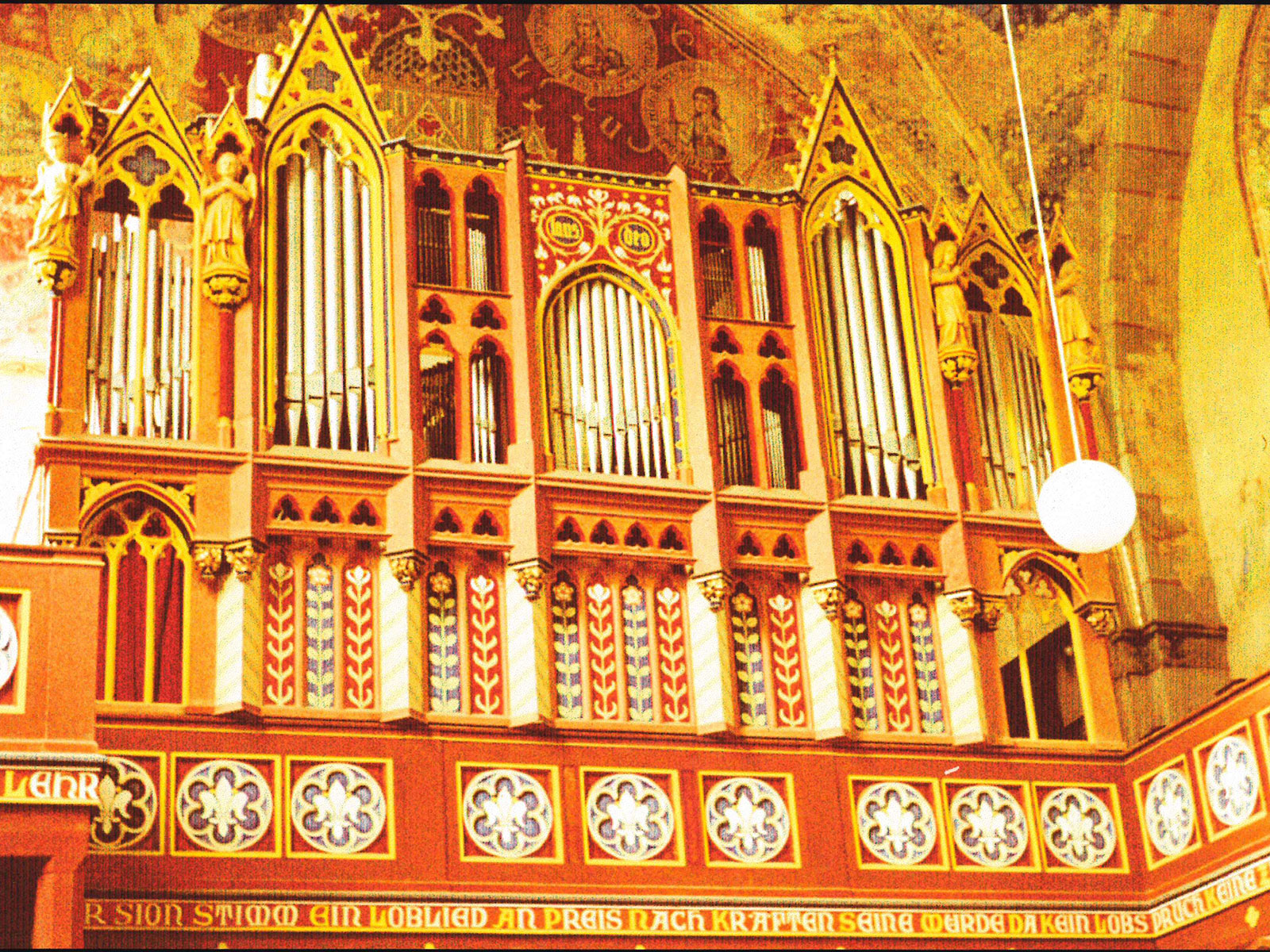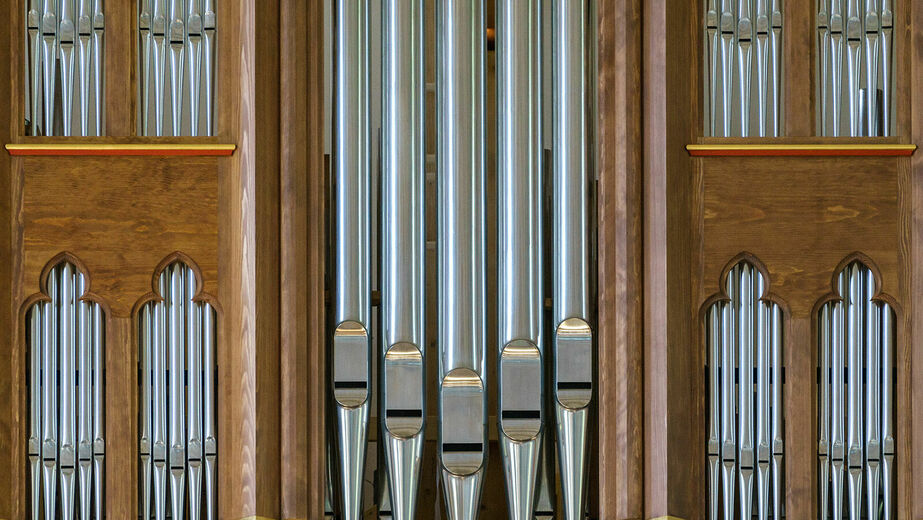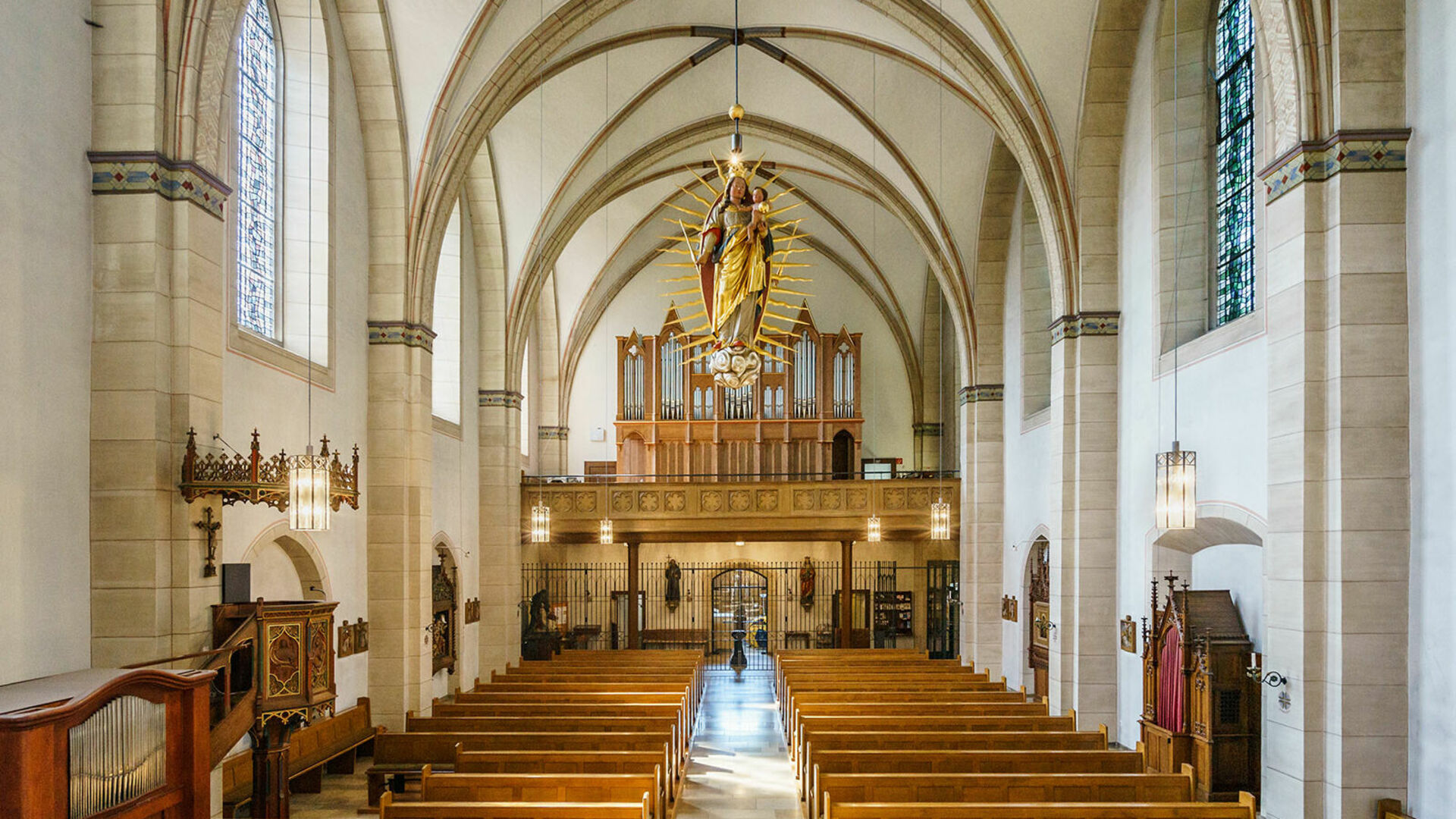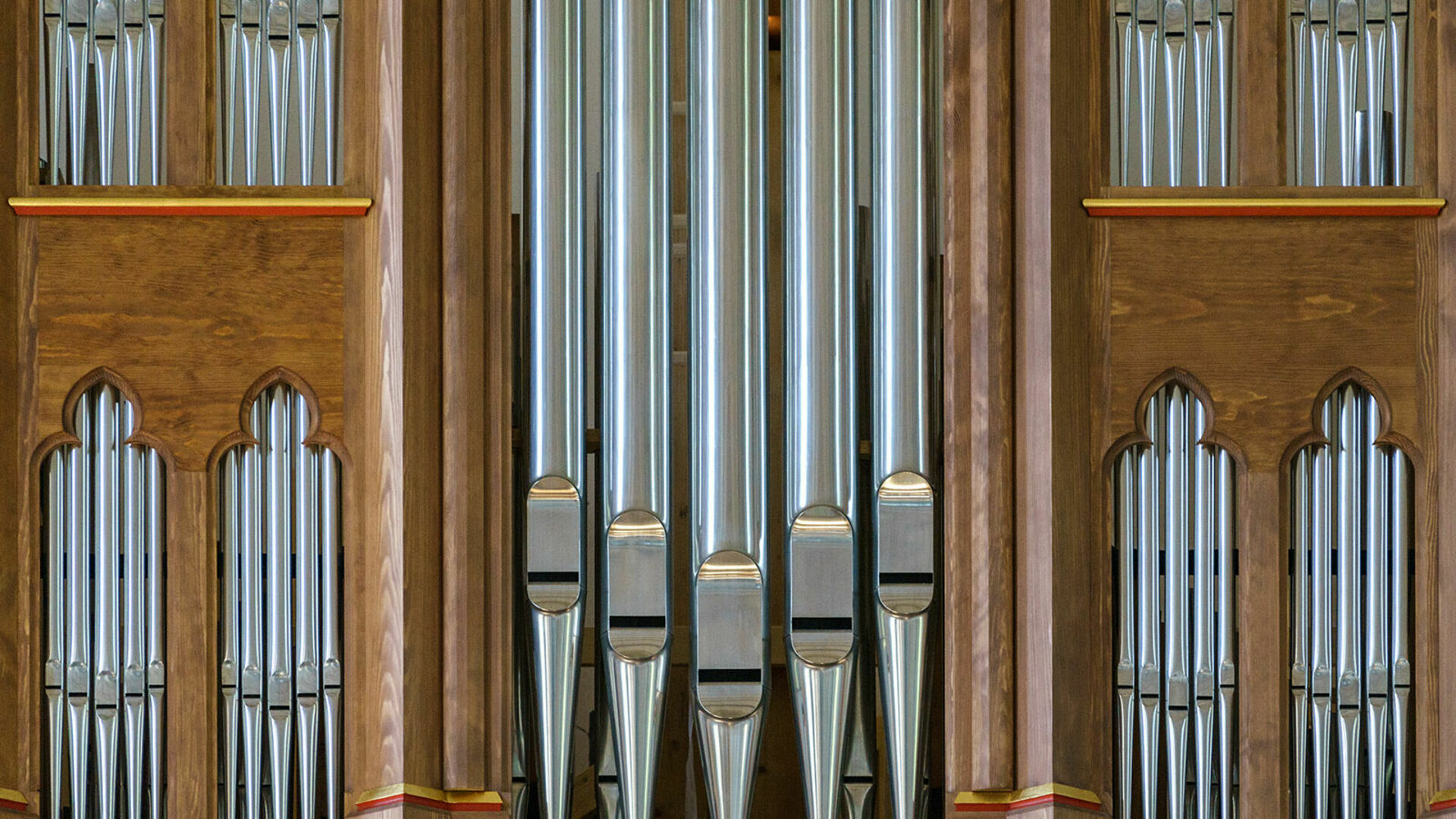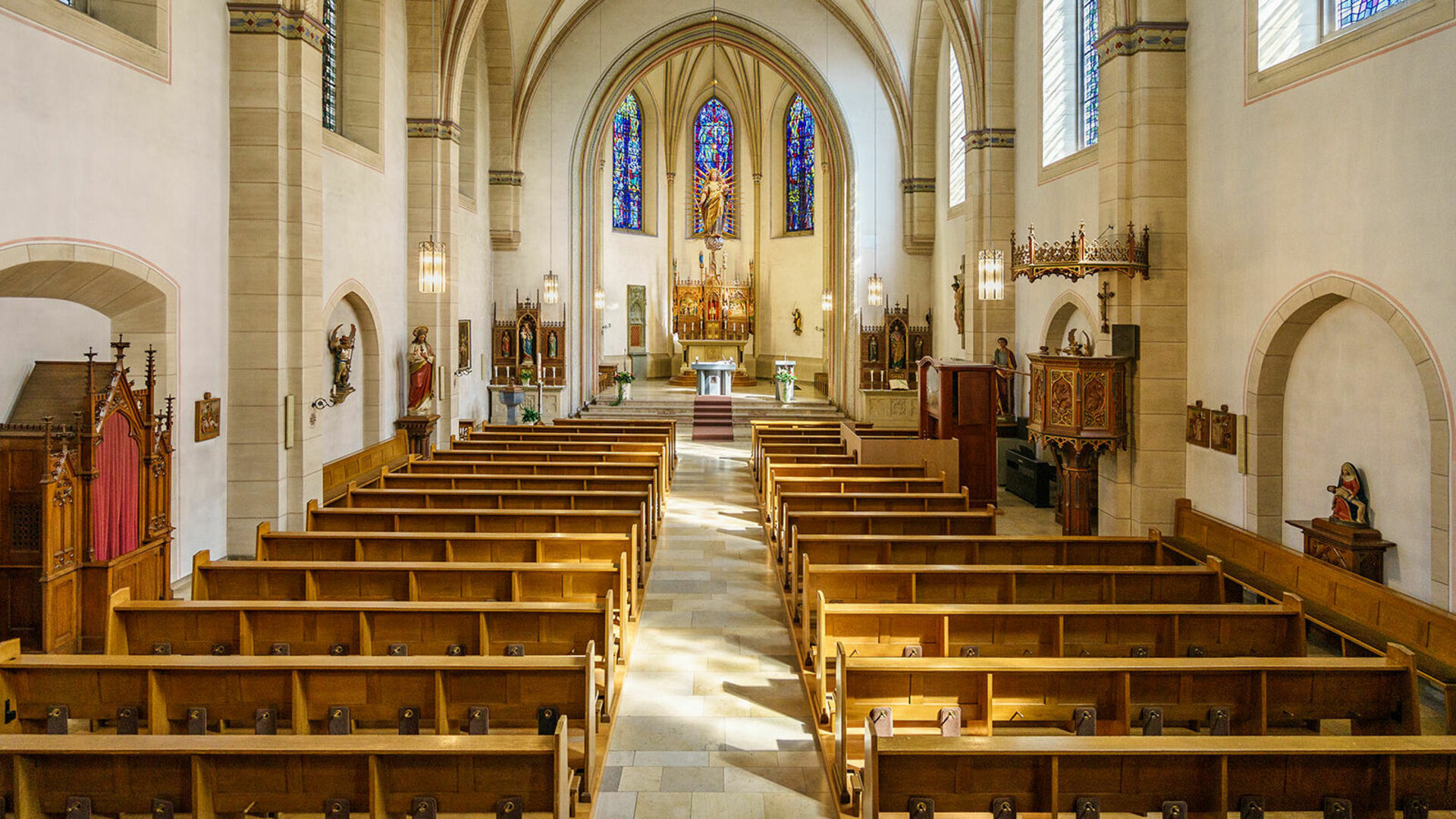Historic church organ in the St. Pankratius church Reiste
A jewel of the art of organ building
The St. Pankratius parish church in Reiste is home to one of the most valuable historical organs in the whole of Westphalia. The instrument, which was restored in 2018, contains an extensive collection of pipes from several eras. The oldest pipes date back to a baroque organ that was built in 1633 for the monastery in Grafschaft and which was moved to the monastery in the middle of the 18th century. Reiste was moved. Other stops come from a new organ built in 1854 by the organ builder Anton Fischer. The organ in Reiste is one of the most interesting and important organ monuments in our region and beyond in terms of its pipe collection, as this instrument contains organ pipes from around 400 years of organ history.
The Reist instrument has its origins in the organ built for the monastery church in 1633. Grafschaft built for the monastery church. In the course of the new construction of the Grafschaft monastery church in 1743, the organ was moved to Reiste moved to the old Romanesque church. In 1849, the foundation stone was laid for the new Reist church, built in the neo-Gothic style. Already during the construction phase of the present church, the Reister teacher, sexton and organist Johann Friedrich Nolte planned a generous organ rebuild, which provided for the preservation of all the old pipe material and stops. Organ builder Anton Fischer from Beckum was commissioned with the rebuild. The new organ was inaugurated in 1854 after a construction period of two years and largely remained unchanged for over 100 years. Even at that time, the church already possessed Reiste a valuable and highly praised instrument. In 1973, the organ was fundamentally rebuilt by the Dorsten organ builder Franz Breil. The neo-Gothic façade was abandoned and replaced by a new case. In addition, the entire technical system was renewed using materials from the 1970s. Fortunately, the valuable historical pipe stock and the windchests were almost completely retained. From 2015 to 2018, the organ was thoroughly restored and reconstructed by the organ building company Eule from Bautzen. The aim of the restoration was to reverse the reconstruction from the 1970s and return the instrument to its historical context from 1854.
The organ case, which was rebuilt in 2018, and the organ front are based on the historical model, which was manufactured in the neo-Gothic style to match the architecture of the parish church. The organ case houses the 29 stops of the two-manual organ with a total of around 2,000 organ pipes. The entire playing system functions purely mechanically in accordance with the historical model.
In the past, church organs were and still are used for liturgical purposes and serve to enhance the worship service. In times of declining church attendance and church services, the concert character of important instruments is becoming more important. The association "Projekt Reister Orgel", which played a key role in the restoration of the organ, has set itself the goal of preserving this important instrument and organizing concert activities. Dates and further information on the organ can be found at www.projekt-reister-orgel.de.
"Laus Deo" - "Praise be to God" was written on the original organ case from the 19th century. But the organ pipes inside the case also contain exciting inscriptions that provided valuable help in the reconstruction of the organ. Signatures in the form of clay letters were found on almost all of the historic pipes. This important finding made it possible to determine the intention of the builder and to trace any later changes.


